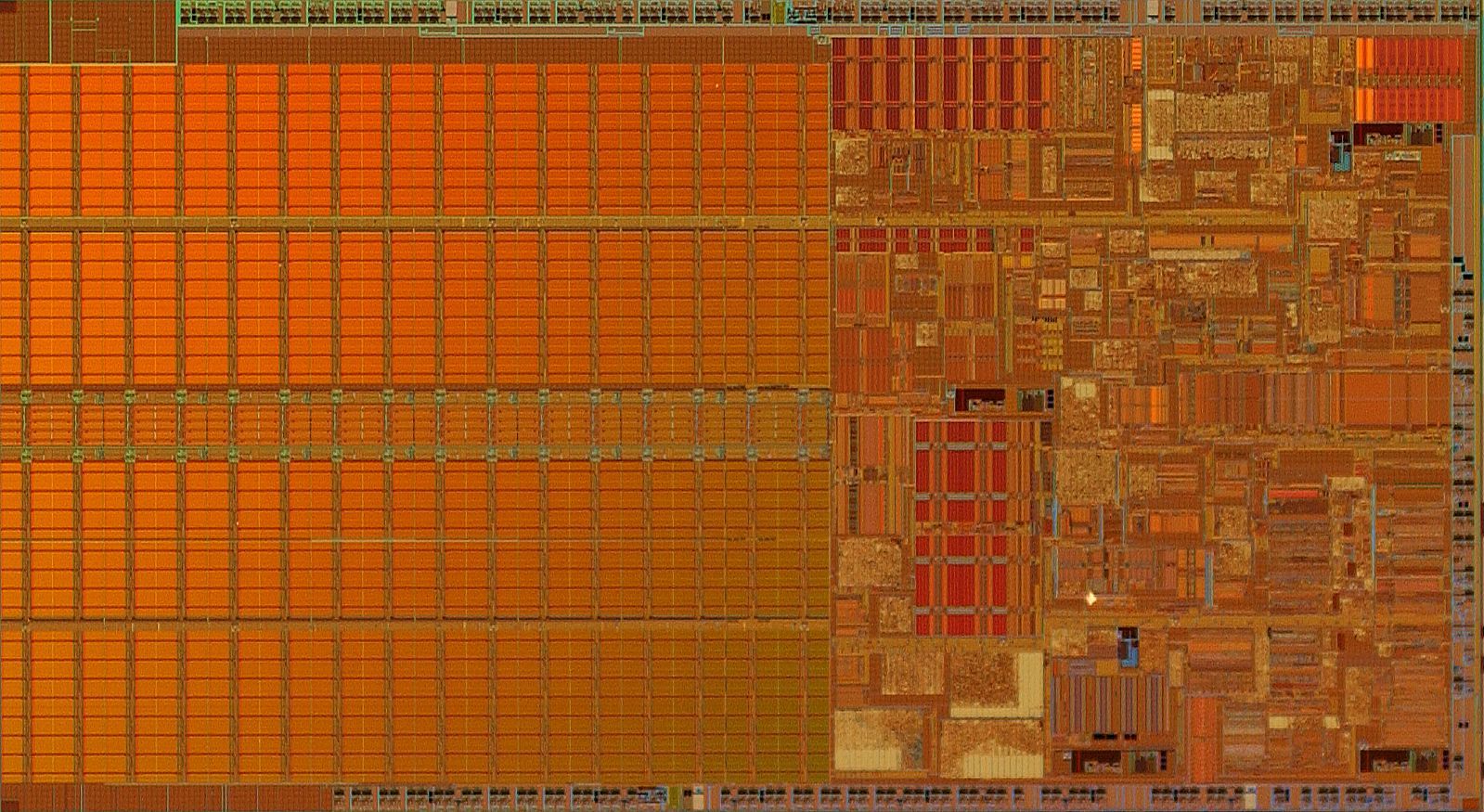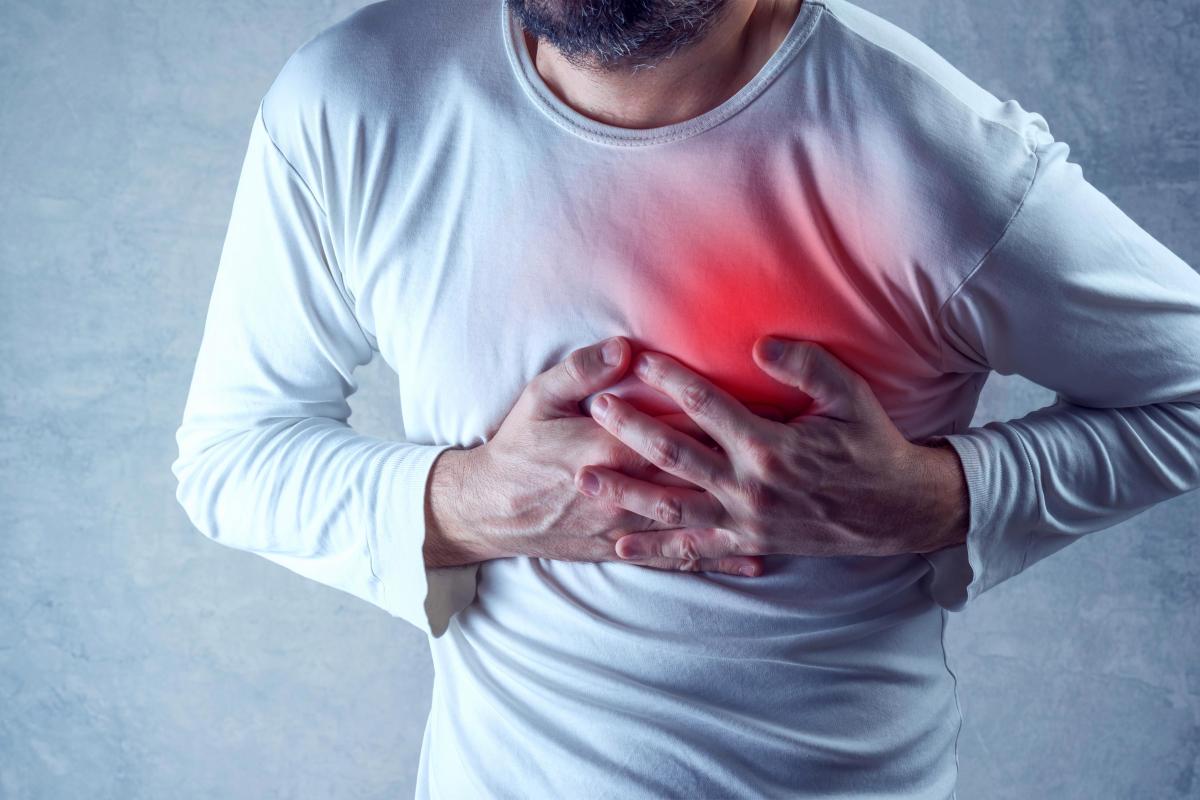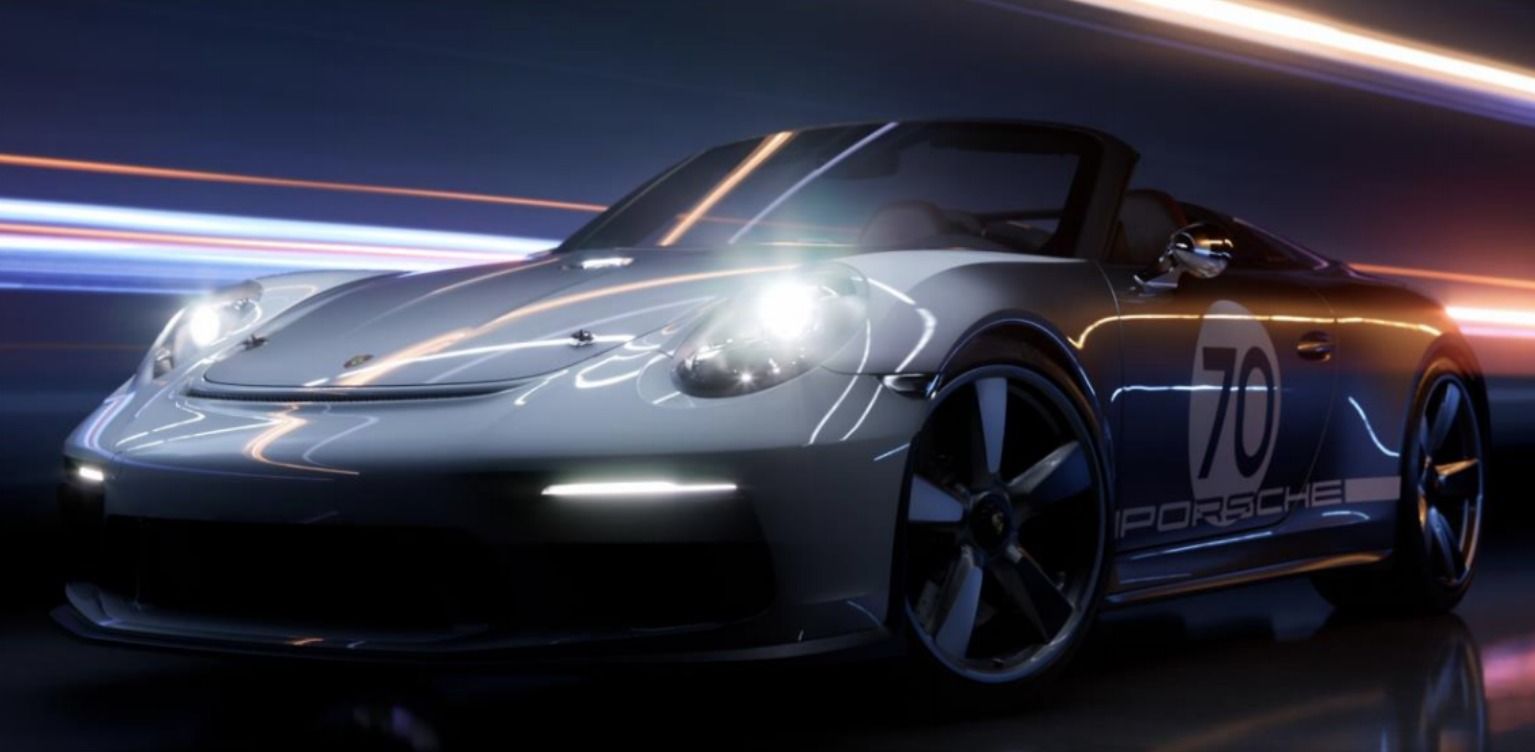From picking fruit to driving architectural progress, innovations in industrial robotics could launch a new machine age—one that could help humanity solve some of its biggest challenges.



I samband med UIC-dagen den 30 augusti delade Uppsala läns landshövding Göran Enander och Almi Uppsalas vd Bengt-Åke Ljudén ut två regionala SKAPA-priser som går till framstående innovatörer i länet. I år gick båda priserna till UIC-företagare. Peter Nilsson på APR Technologies tilldelades SKAPA-priset, och SKAPA-priset för unga innovatörer gick till Nils Weber på Bitroot.
SKAPA är Sveriges största innovationspris och delas ut till minne av Alfred Nobel. Priset syftar till att ge stöd åt innovatörer så att de kan utveckla sina uppfinningar till produkter och tjänster på marknaden.
Årets vinnare av SKAPA-priset för Uppsala län blev Peter Nilsson på UIC-bolaget APR Technologies som har utvecklat smarta och effektiva elektro hydrodynamiska pumpar för temperaturreglering. Innovationen Micro Thermal Regulator är en patenterad produkt som exempelvis kommer kunna tillämpas inom rymdindustrin. APR Technologies ingår i rymdinkubatorn ESA BIC Sweden som UIC driver tillsammans med Arctic Business Incubator i Luleå och Innovatum i Trollhättan.

Now, another hurricane season is already underway in the Caribbean.
Our research on rainwater harvesting — a low-cost, low-tech way to collect and store rainwater — suggests this technique could be deployed across the Caribbean to improve these communities’ access to water both after storms and in everyday life.
Even before hurricanes Maria and Irma hit last September, some Caribbean islands were unable to provide reliable clean water for drinking and washing to all residents.



A NEW scan can predict heart attack risks five years in advance.
Experts say the “game-changing” advance spots problems in one in ten patients currently getting the all-clear.
It scours ordinary CT scans to detect missed warning signs.

Prime Minister Justin Trudeau has proudly declared that Toronto’s Quayside will become “a testbed for new technologies” thanks to its partnership with Google’s urban innovation wing, Sidewalk Labs. But amid new public round tables, key parts of the proposal remain hidden and three government partners have resigned.
In recent days, word about Nvidia’s new Turing architecture started leaking out of the Santa Clara-based company’s headquarters. So it didn’t come as a major surprise that the company today announced during its Siggraph keynote the launch of this new architecture and three new pro-oriented workstation graphics cards in its Quadro family.
Nvidia describes the new Turing architecture as “the greatest leap since the invention of the CUDA GPU in 2006.” That’s a high bar to clear, but there may be a kernel of truth here. These new Quadro RTx chips are the first to feature the company’s new RT Cores. “RT” here stands for ray tracing, a rendering method that basically traces the path of light as it interacts with the objects in a scene. This technique has been around for a very long time (remember POV-Ray on the Amiga?). Traditionally, though, it was always very computationally intensive, though the results tend to look far more realistic. In recent years, ray tracing got a new boost thanks to faster GPUs and support from the likes of Microsoft, which recently added ray tracing support to DirectX.

